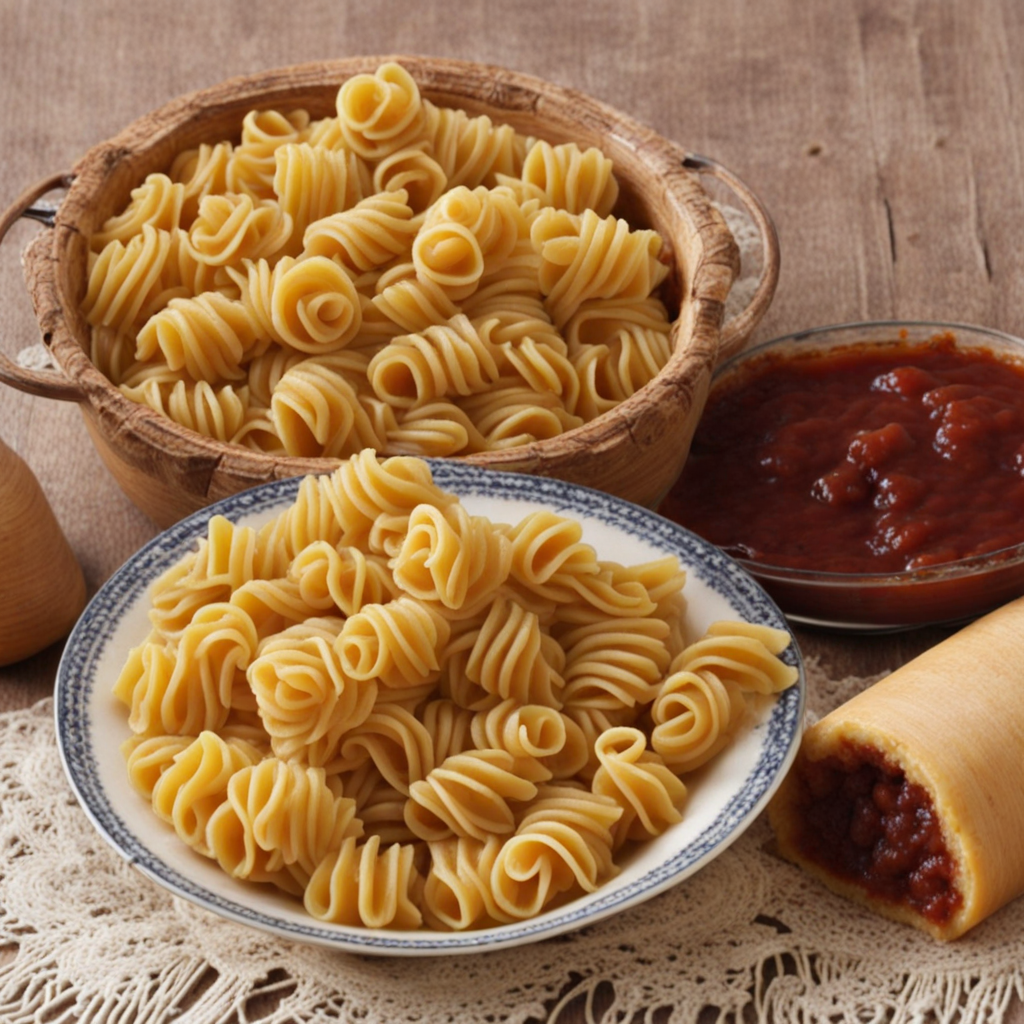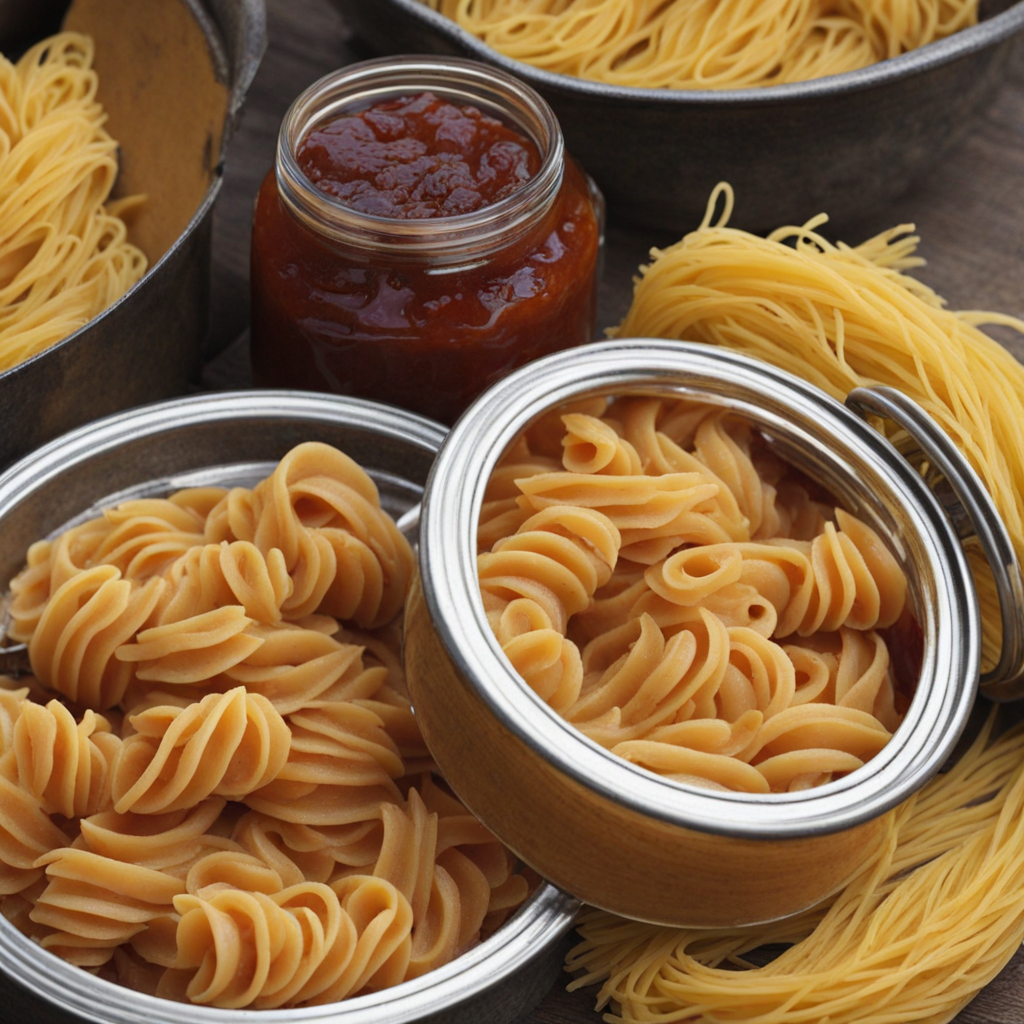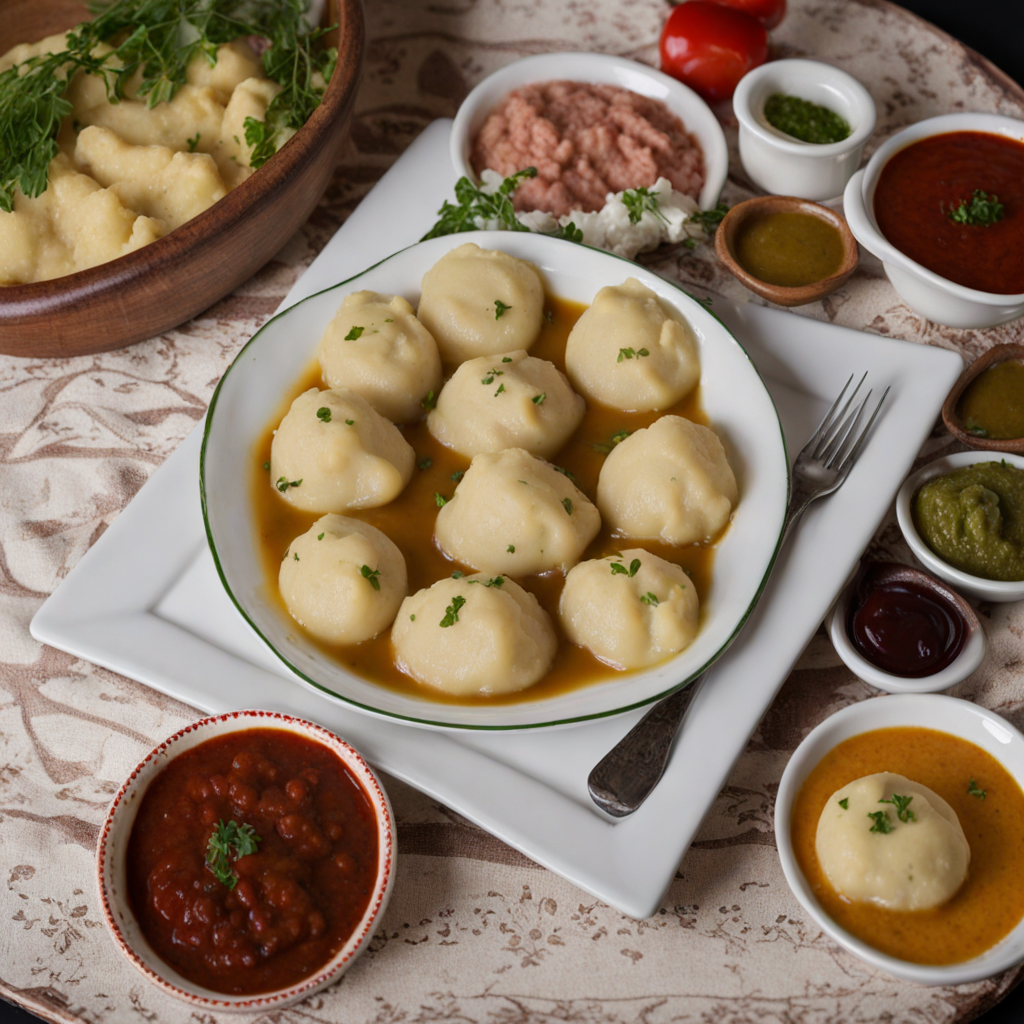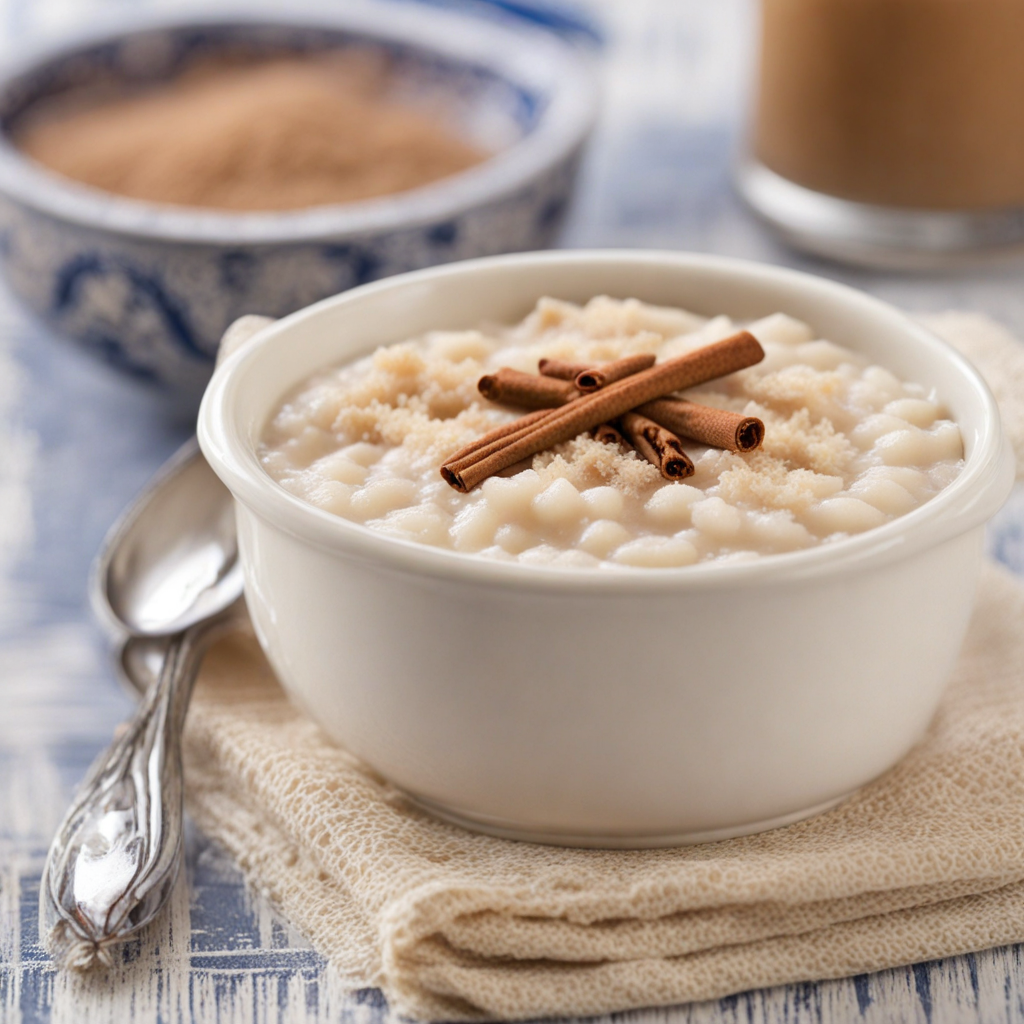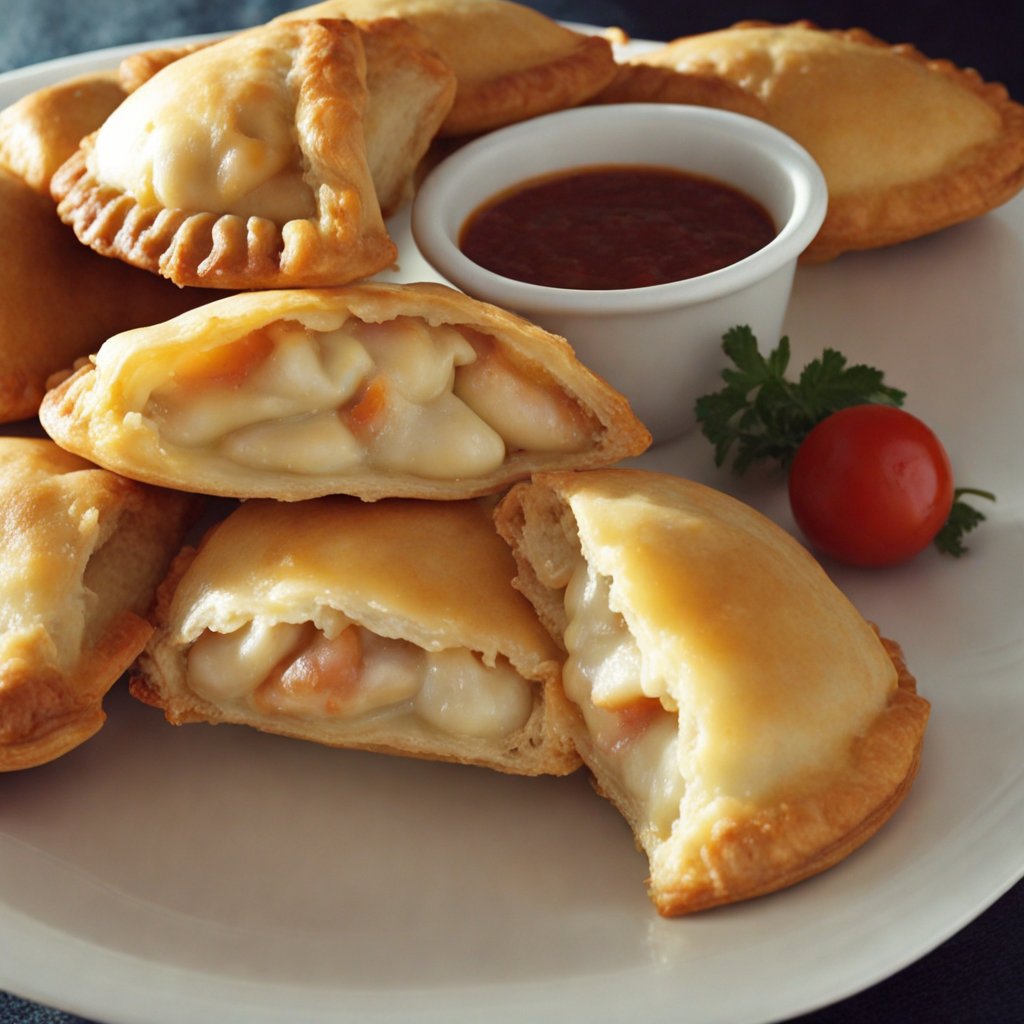Pasta Frola
Pasta Frola is a delightful pastry that hails from Uruguay, embodying a perfect blend of sweet and savory flavors. This traditional tart features a buttery, crumbly crust that is both rich and slightly flaky, providing a delightful contrast to the luscious filling. The dough is typically made from simple ingredients like flour, butter, sugar, and eggs, which come together to create a base that is not only delicious but also easy to work with. The golden crust, once baked, offers an inviting aroma that beckons anyone nearby to indulge in its goodness. At its heart, Pasta Frola is filled with a variety of sweet fillings, with the most popular being quince paste (dulce de membrillo) or a rich combination of fruit jams, such as apricot or raspberry. The filling is spread generously over the crust, creating a vibrant burst of color that is as appealing to the eyes as it is to the palate. The tart is often topped with a lattice design made from strips of the same dough, which allows the filling to peek through and hint at the deliciousness within, while also adding a touch of elegance to the presentation. Enjoying a slice of Pasta Frola is a delightful experience; it is commonly served alongside a cup of coffee or tea, making it a perfect treat for afternoon gatherings or casual get-togethers. The combination of the sweet, fruity filling with the buttery crust creates a harmonious balance that is both comforting and satisfying. Whether you are a fan of pastries or simply looking to explore new culinary delights, Pasta Frola offers a unique taste of Uruguayan culture that is sure to leave a lasting impression.
How It Became This Dish
The Delicious Journey of Pasta Frola: A Culinary Treasure from Uruguay Pasta Frola, a delightful pastry originating from Uruguay, is a beloved icon of the nation’s culinary scene. Characterized by its shortcrust pastry and sweet fruit filling, usually made from quince, apricot, or guava, this dish is a testament to the blend of cultural influences that have shaped Uruguayan cuisine. To appreciate this dessert fully, it’s essential to delve into its origins, cultural significance, and its evolution over time. #### Origins: A Blend of Cultures The roots of Pasta Frola can be traced back to the culinary traditions brought to South America by European immigrants, particularly the Italians and Spaniards. In the late 19th and early 20th centuries, waves of immigrants arrived in Uruguay, bringing with them their traditional recipes and cooking methods. Among these was the Italian practice of making tarts and sweet pastries, which laid the groundwork for what would become Pasta Frola. The name "Pasta Frola" itself is derived from the Italian word "pasta frolla," referring to the shortcrust pastry that serves as its base. The pastry is rich, buttery, and crumbly, a hallmark of Italian baking that found a new home in Uruguay. The choice of fruit fillings also reflects the diverse agricultural landscape of the region, where fruits like quince, apricot, and guava are abundant. The combination of these influences created a pastry that is not only delicious but also a representation of the confluence of cultures that characterizes Uruguay. #### Cultural Significance: A Sweet Symbol of Community In Uruguay, Pasta Frola is more than just a dessert; it is a symbol of community and tradition. It is often served during family gatherings, celebrations, and special occasions, playing a central role in the social fabric of Uruguayan life. The pastry is commonly enjoyed with tea or coffee, making it a staple of afternoon gatherings, known as "merienda." This practice of sharing food and conversation is deeply embedded in Uruguayan culture, highlighting the importance of community and togetherness. The preparation of Pasta Frola is often a communal activity, with families passing down recipes from generation to generation. This not only preserves culinary traditions but also strengthens familial bonds. It is common for grandmothers to teach their grandchildren the art of making this pastry, imparting not just the techniques but also the stories and memories that accompany it. In this way, Pasta Frola embodies the warmth of family life and the importance of heritage in Uruguayan society. #### Development Over Time: From Tradition to Innovation As Uruguay has evolved, so too has Pasta Frola. While it remains a classic dessert, variations have emerged, reflecting the changing tastes and preferences of the population. Traditional recipes are still cherished, but modern interpretations often incorporate different flavors and fillings. Some bakers experiment with chocolate, nuts, or even exotic fruits, creating new versions that appeal to contemporary palates. In addition to variations in fillings, the presentation of Pasta Frola has also evolved. While the classic lattice-top design remains popular, some modern bakers have taken creative liberties, crafting intricate patterns or adding decorative elements that elevate the pastry to an art form. This innovation does not detract from the traditional aspects of the dish; rather, it enhances its appeal and keeps it relevant in today’s culinary landscape. The rise of artisanal bakeries and the popularity of homemade goods in Uruguay have also contributed to the resurgence of interest in Pasta Frola. Many people are now more conscious of where their food comes from and are drawn to traditional, handmade products. This shift has led to a renewed appreciation for the craftsmanship involved in creating Pasta Frola, with many bakers emphasizing the use of high-quality, locally sourced ingredients. #### A Culinary Staple in Modern Uruguay Today, Pasta Frola holds a cherished place in the hearts of Uruguayans. It is found in bakeries throughout the country, from bustling urban centers like Montevideo to quieter rural towns. The pastry is not just a nostalgic treat but also a reflection of national pride. Its presence at celebrations such as birthdays, holidays, and other significant events underscores its status as a beloved symbol of Uruguayan culture. Moreover, Pasta Frola has gained recognition beyond Uruguay's borders. As the world becomes more interconnected, Uruguayan cuisine is being introduced to international palates. Pasta Frola, with its unique flavors and cultural significance, has made its way into the hearts of food lovers around the globe. Its presence at international food festivals and culinary events showcases the richness of Uruguayan culinary traditions, inviting others to appreciate the beauty of this pastry. #### Conclusion: A Timeless Tradition Pasta Frola is more than just a sweet treat; it encapsulates the history, culture, and community spirit of Uruguay. From its origins in Italian and Spanish culinary traditions to its modern interpretations and widespread popularity, this pastry has withstood the test of time. It represents a connection to the past while embracing the present and future of Uruguayan cuisine. As we savor a slice of Pasta Frola, we partake in a rich tapestry of cultural heritage, familial bonds, and shared memories. Whether enjoyed in a bustling café, at a family gathering, or as a special indulgence, Pasta Frola remains a timeless tradition that continues to bring people together, making it a true culinary treasure of Uruguay.
You may like
Discover local flavors from Uruguay


